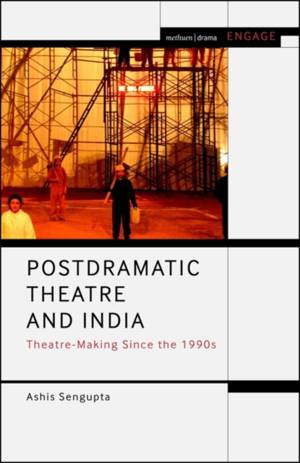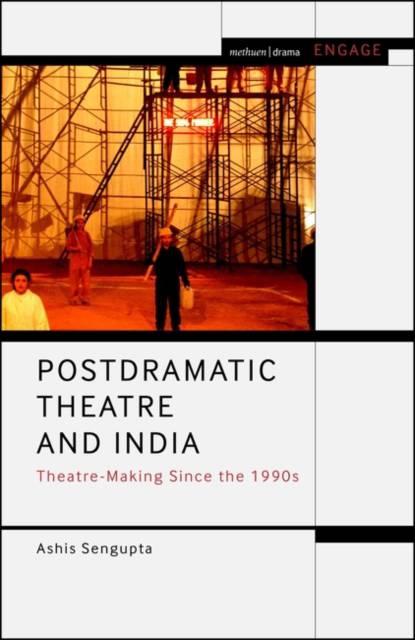
- Retrait gratuit dans votre magasin Club
- 7.000.000 titres dans notre catalogue
- Payer en toute sécurité
- Toujours un magasin près de chez vous
- Retrait gratuit dans votre magasin Club
- 7.000.000 titres dans notre catalogue
- Payer en toute sécurité
- Toujours un magasin près de chez vous
67,95 €
+ 135 points
Format
Description
None of the Indian theatre-makers consciously built their works on the Euro-American model of the postdramatic, but many have used the theatre model in innovative, transnational ways. Essentially, they have adapted an originally European theatre paradigm to a different historical context and added new dimensions to it by cross-pollinating it with indigenous cultural forms.
The main aim in doing so has been to invigorate the language of Indian urban theatre that had turned stale under the stronghold of realism growing out of colonial stage practice and homogeneous under the decolonizing drive of the 'theatre of roots' movement post-independence. Theatre in India today is rich in cross-media performance, theatre solos and monologues, pure spatial experience, plurimedial work, durational reading, real-time action, and so on. The book balances theory, contextualisation and praxis, building a hitherto non-existing archive of scholarship in Indian theatre within a postdramatic framework, and an argument for its place within contemporary Indian theatre. Interspersed throughout are Indian theatre-makers' opinions about their contemporary performance theory and practices vis-a-vis those in Europe and the US.Spécifications
Parties prenantes
- Auteur(s) :
- Editeur:
Contenu
- Nombre de pages :
- 216
- Langue:
- Anglais
- Collection :
Caractéristiques
- EAN:
- 9781350284395
- Date de parution :
- 07-09-23
- Format:
- Livre broché
- Format numérique:
- Trade paperback (VS)
- Dimensions :
- 140 mm x 216 mm
- Poids :
- 254 g







